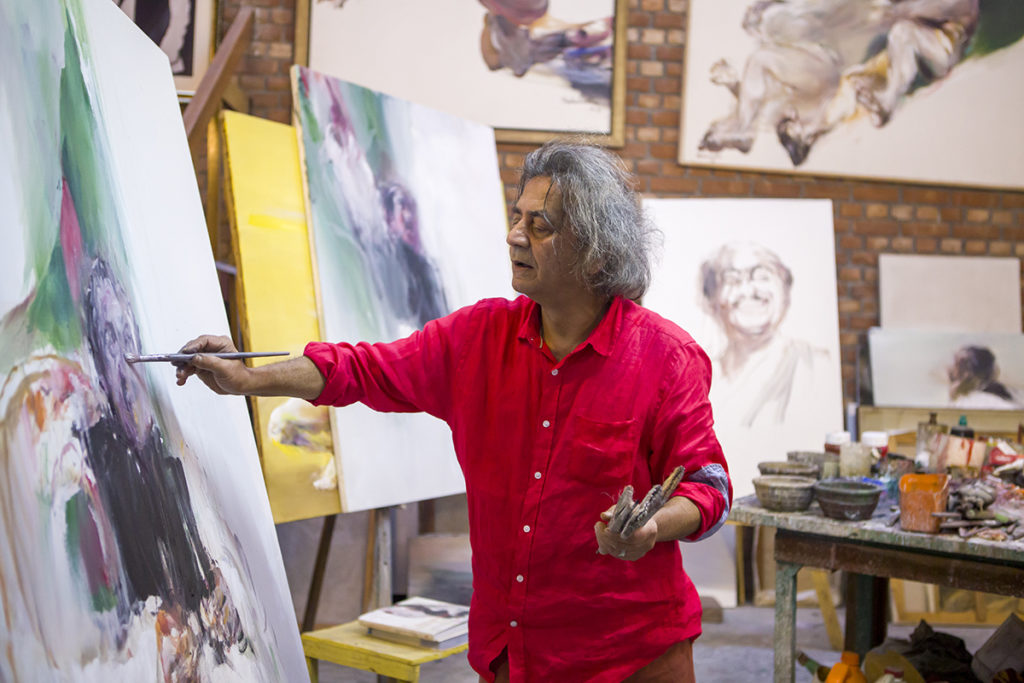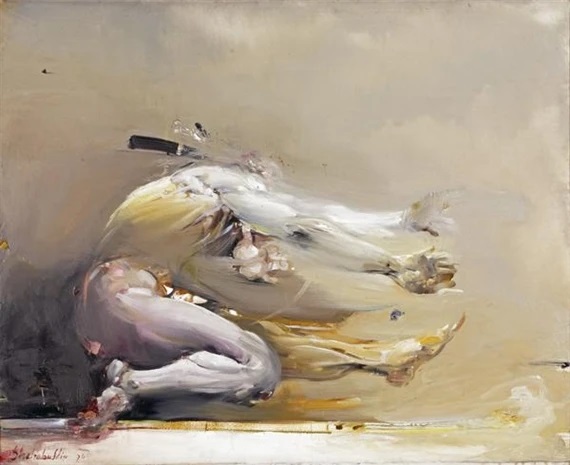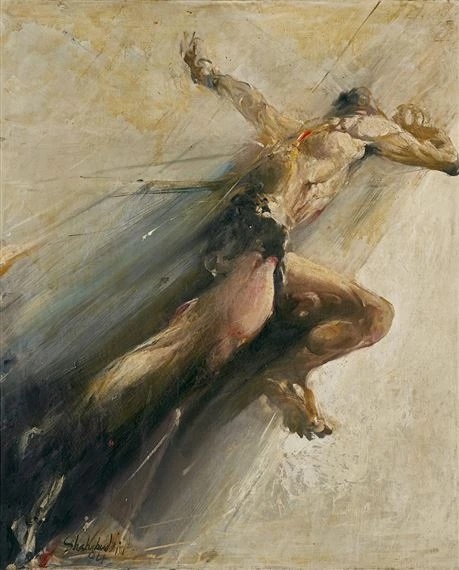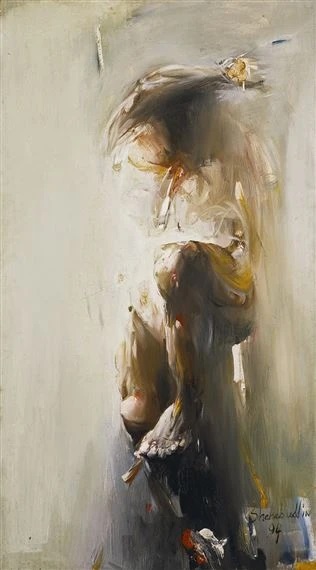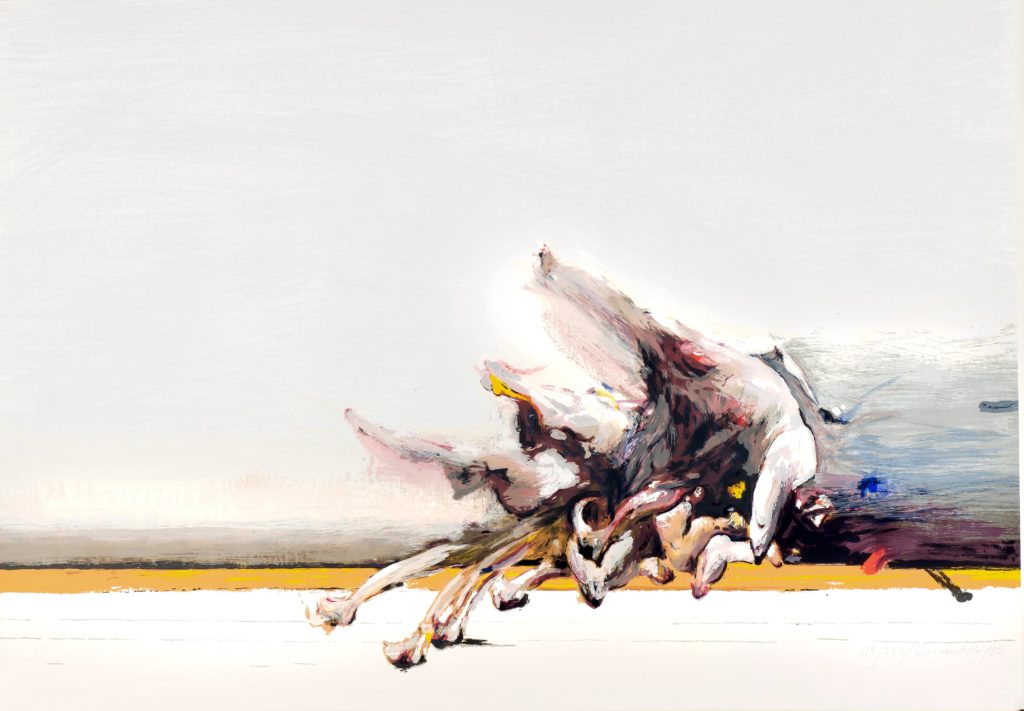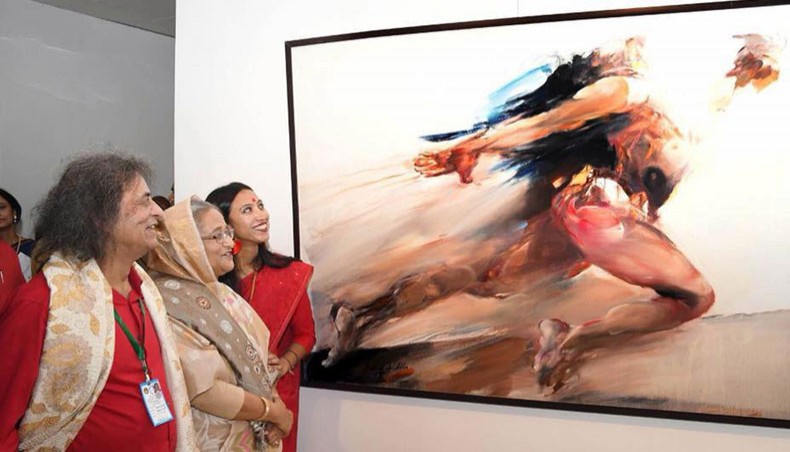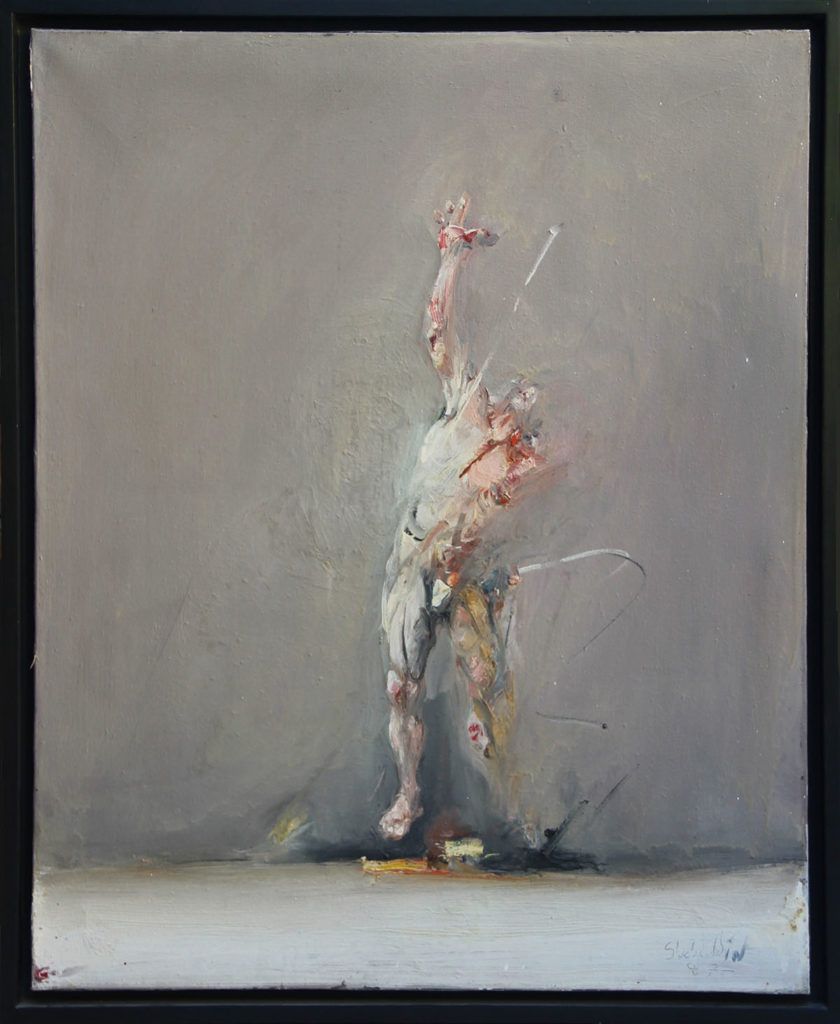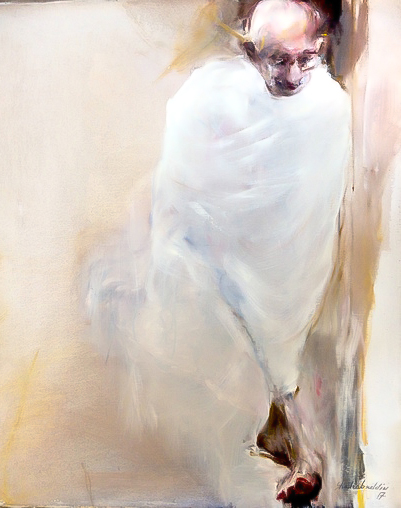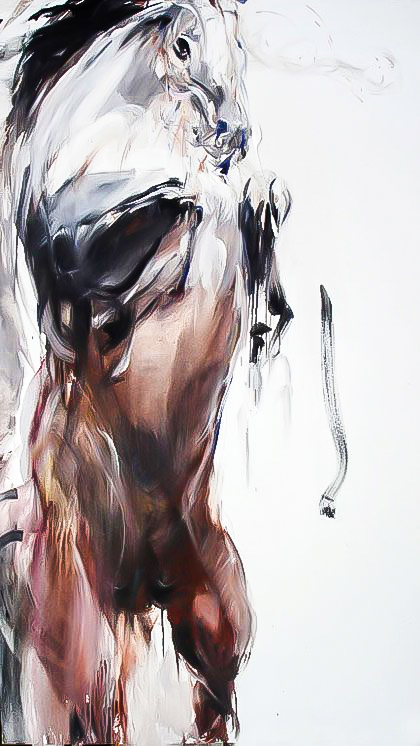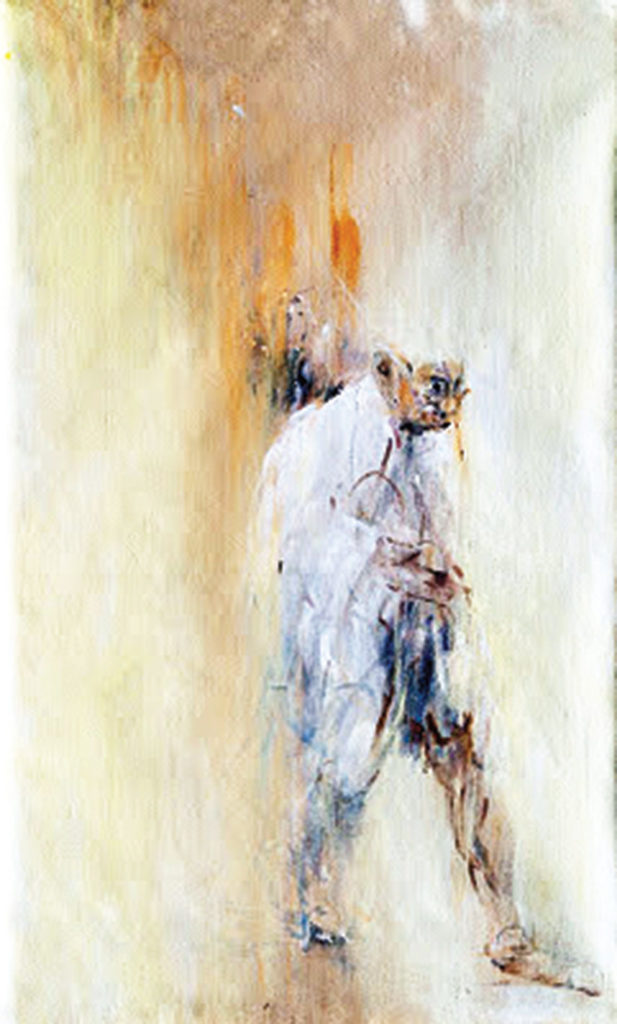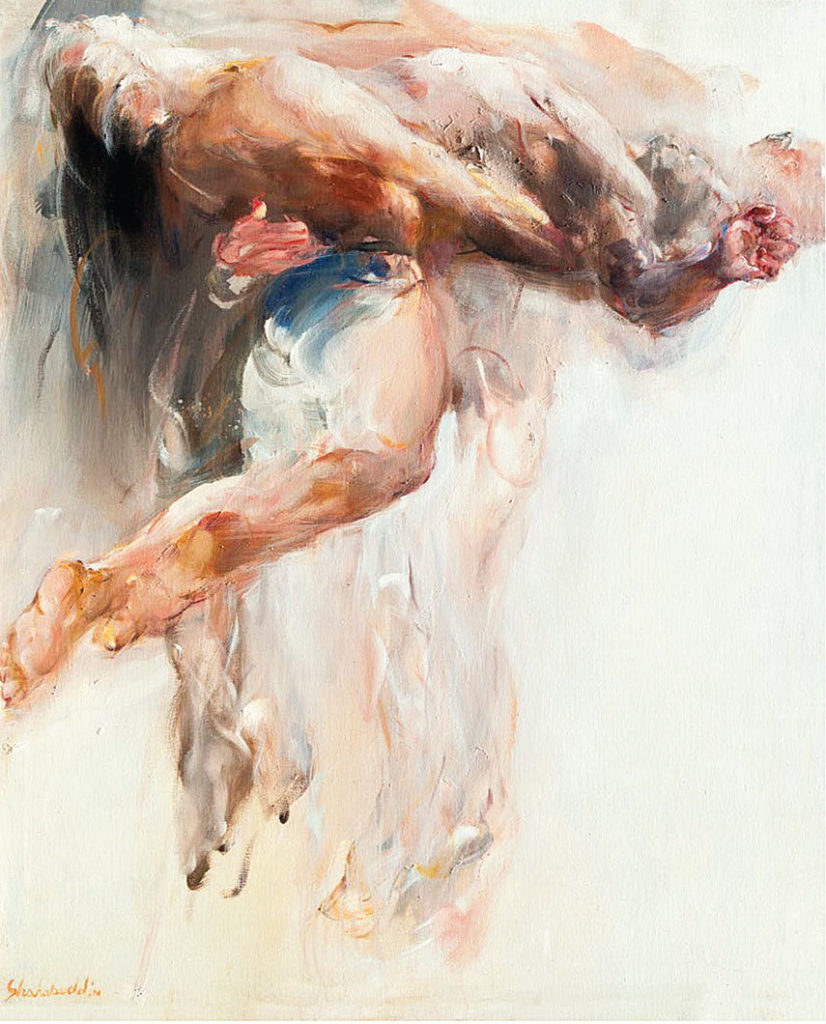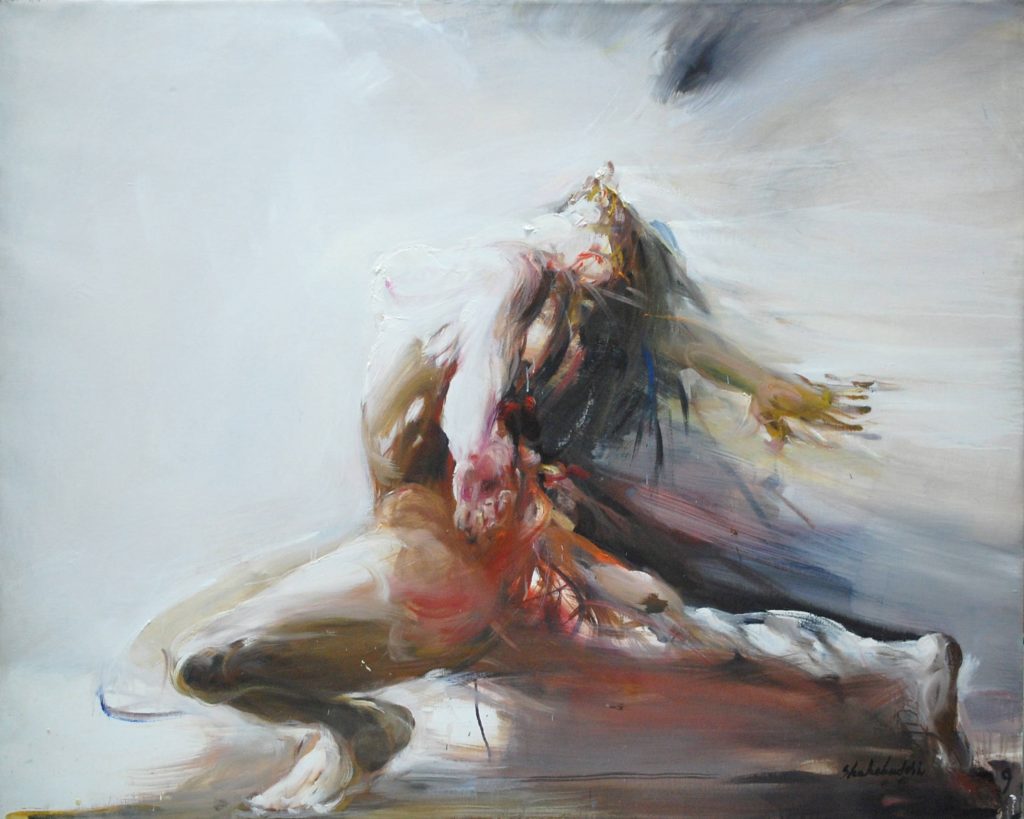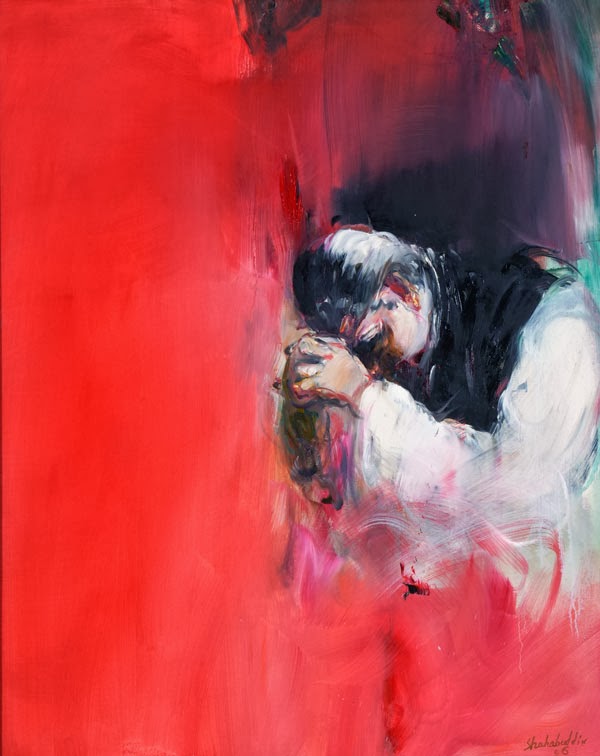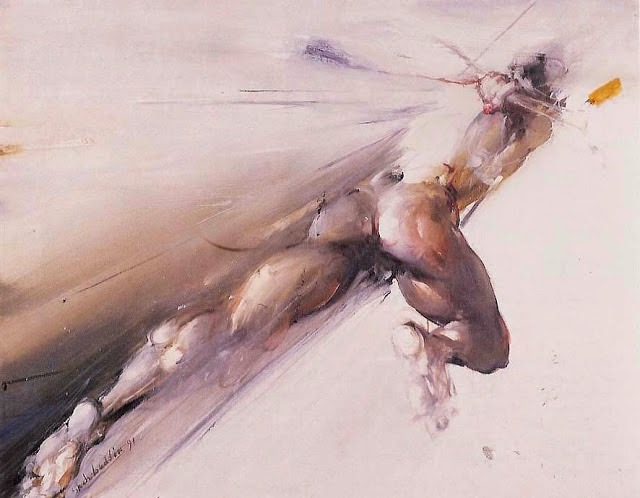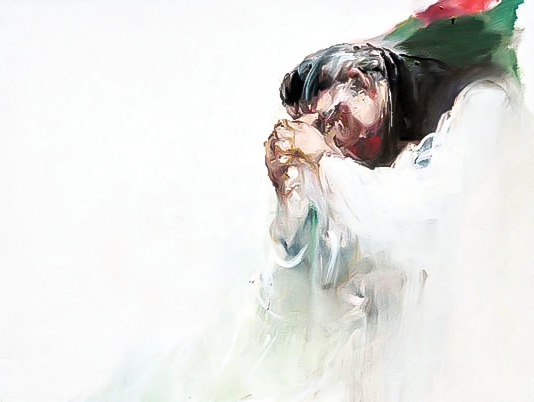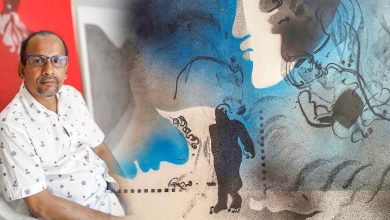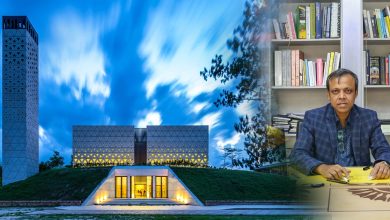
Artist Shahabuddin Ahmed epitomizes the spirit of the Liberation War. Liberation is a leitmotif that he swears by and doles out freely, either in his paintings of Bangladesh’s father figure and liberator Sheikh Mujibur Rahman or in his depiction of the man freeing himself from the clutches of bondage. Above all, his compositions are unmistakably musical and rhythmic, making him an internationally acclaimed painter with unmistakable individuality.
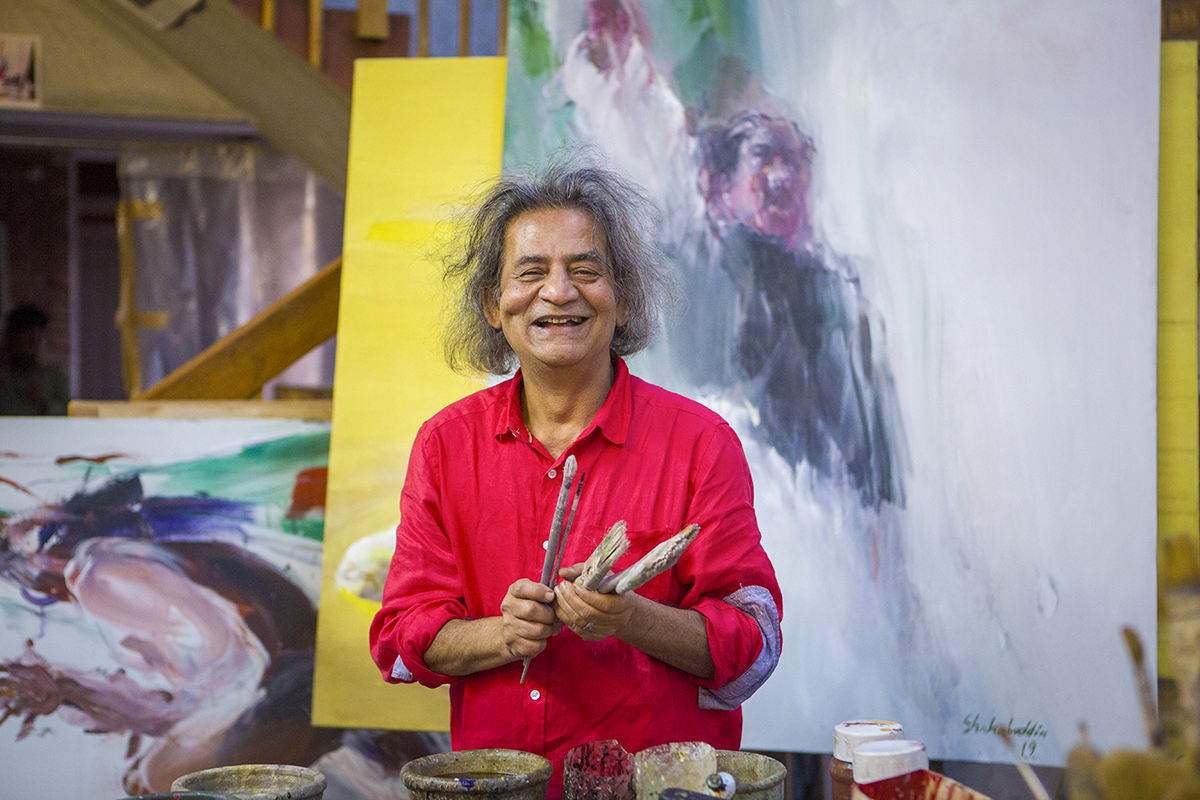
He was born on September 11, 1950, in Dhaka, and participated in the studied at the Academy of Fine Arts of Dhaka University. In the meantime, he obtained a scholarship to study at Ecole Superieure des Beaux-Arts de Paris. After receiving the scholarship he moved to Paris and since been living there for nearly four decades. The artist showed signs of talent much early on. He was not into studies but was rather fascinated by art. “Between my studies, I remained engrossed on flipping over pages searching for drawings and images.
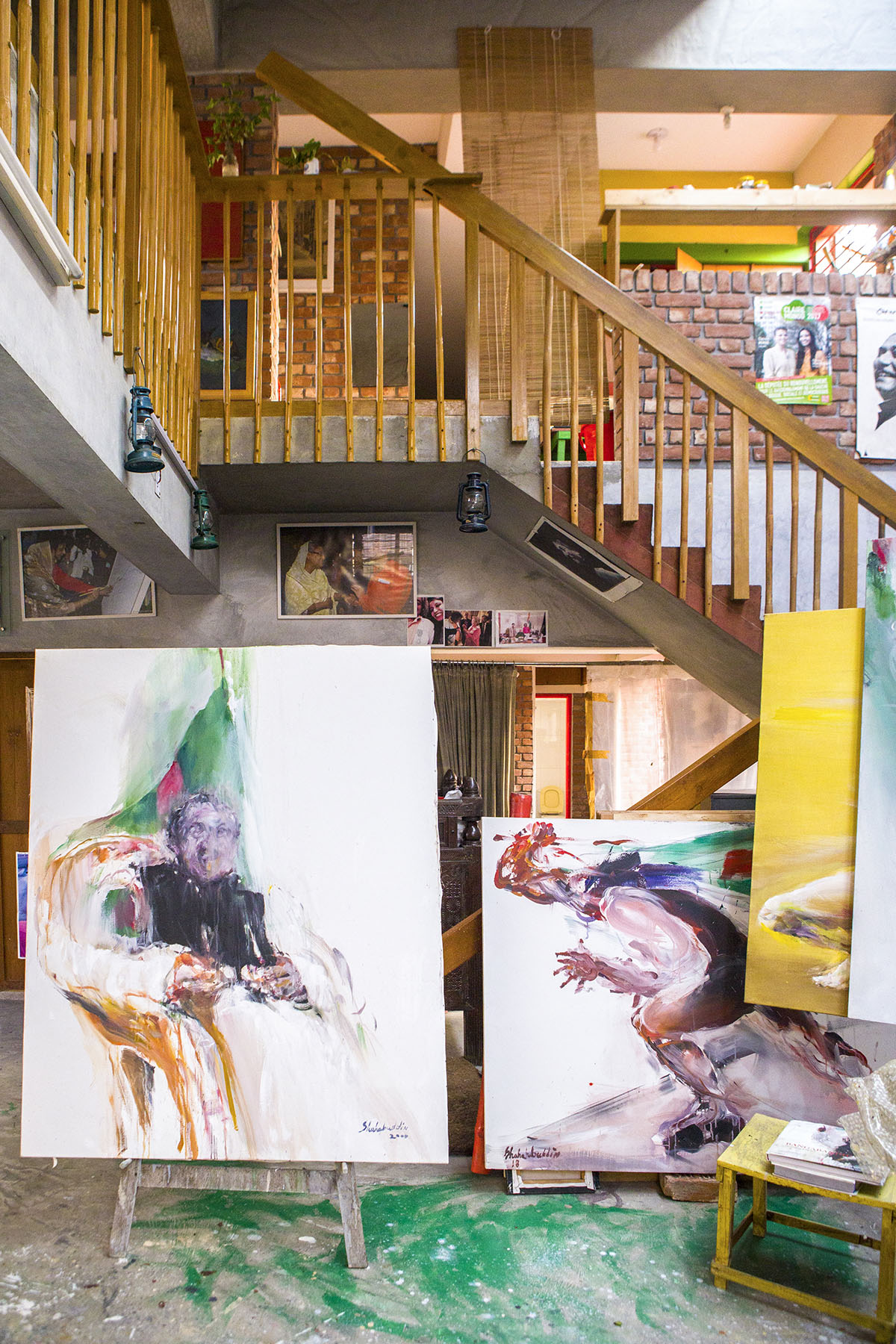
I used to copy the portraits of Tagore and other celebrated figures, whichever I could find in the school books. I used to mutter my homework and alongside kept on drawing pictures. I even used to detail the terrifying toads and moths I found in the science books of my elder brothers. For this act, I had got beaten by my father and mother commonly every day”, reveals the artist. Knowing his obsession for drawing, one day his mother enrolled him to the art class without informing his father. Upon entering the class, the 15 to 16-year-old Shahabuddin was enthralled by the bottle of colours and large blank papers.
At that era, art was not considered as a prime line of work or profession. But, one incident made paths easier for Shahabuddin to follow the realm of art. “One day, Hannan, who was the peon of that art college told me to tell my parents to turn on the radio on a particular day at a precise time. When I asked the reason he told me two of my drawings have been sent to the-then West Pakistan, to Karachi, at the art competition on the occasion of Children’s Day. I could not understand what to react to that and informed nothing to my parents as I doubted and was shy about what the result of the competition would be. The day came and as usual, my father turned on the radio and began to listen to the political news. I was eagerly waiting when the news of the art competition will be reported. News of flood reported, news of sports reported and then lastly came to news of art and culture. The reporter began to say about the art competition and the award to be rewarded, but, again the news topic changed and the reporter began to report other news.
I was becoming restless and could not resist anymore to know the winner’s name. Reporting all the other news, the reporter returned to the art news declaring the winner’s name which was ‘Shahabuddin’. I jumped off, exclaiming it’s me, it’s me. That miracle incident opened my door to pursue art lifelong. At first, my family thought their son has got mad as no one noted the winner’s name. After a moment, Hannan bhai came running over with the telegram in his hand, revealing the details. My parents were stunned, my brothers were seen hailing”, exclaims Shahabuddin.
Shahabuddin’s painting style is iconic. It stands out from the work of all his fellow Bangladeshi artists. A freedom fighter himself, much of his works are about the Liberation War, although he declared he detested violence and his art is representative of the struggles that he had to overcome as someone who was involved in the war. Bangabandhu, peace, conscience and the indomitable spirit of the war frequently appear as prominent connotations on his canvas. He has a distinct oil on canvas style that is greatly inspired by European artists from the 1980s, especially that of Francis Bacon. His works rely on minimalism and stark realism. His works are often described as baroque-like figures turned towards space seeking light and energy are a strange mixture of Western influence combined with distinctive features of his place of origin. With an understanding that life is a competition right until the end, there is a recurring motif of sportsmen in his paintings. The imagery of fearless human figures, which are in the motion of running, seems to burst free from their skin with their flesh, blood, and sinew.
The artist’s painterly canvases brought him national attention immediately after independence. In 1992, he became one of the fifty master painters of contemporary arts, an honour bestowed upon him at the Olympiad of Arts, Barcelona. He also received the ‘Shadhinota Padak’ in 2000 for his contribution during the Liberation War of Bangladesh in 1971 and the ‘Ordre des Arts et des Lettres’ award in 2014 for his contribution to art in France and other countries. Shahabuddin’s contribution to art and history has been seminal. His bold sweeps of paint which accentuate the dynamism of human figures he represents.

